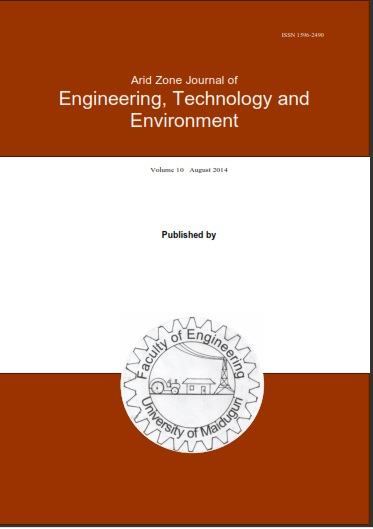Abstract
Cowpea Vigna unguiculata was planted in a pot at a density of one per pot and placed in a greenhouse at the Department of Biological Sciences, University of Agriculture, Abeokuta. It was subjected to four water treatments. The treatments were as follows: No deficit irrigation, 25% deficit irrigation, 50% deficit irrigation and 75% deficit irrigation. The pots were weighed each day with a precision weighing scale of accuracy of 1g to determine the amount of water to be added to each treatment. Before the experiment, the physical characteristics of the soil, such as bulk density, were determined. Water was applied to the treatment weekly. The soil in the pots was at field capacity at the start of the experiment, and the amount of water to be applied to each treatment was based on the difference in weight at the end of the week and evaporated based on the above-mentioned water allocation. Some of the chemical characteristics of the irrigated water were also determined. The findings indicated that cowpea (Vigna unguiculata) plants were very sensitive to lack of soil water during the total growing season and the yield formation period. A minimal water use efficiency was observed with a 50% deficit irrigation method showing a more sensitive yield response factor Ky (0.269) than other treatments. This implies that 50% deficit irrigation treatment produces a better yield with minimal irrigation water.

This work is licensed under a Creative Commons Attribution-NonCommercial-NoDerivatives 4.0 International License.
Copyright (c) 2024 Arid Zone Journal of Engineering, Technology and Environment published by University of Maiduguri, Nigeria

